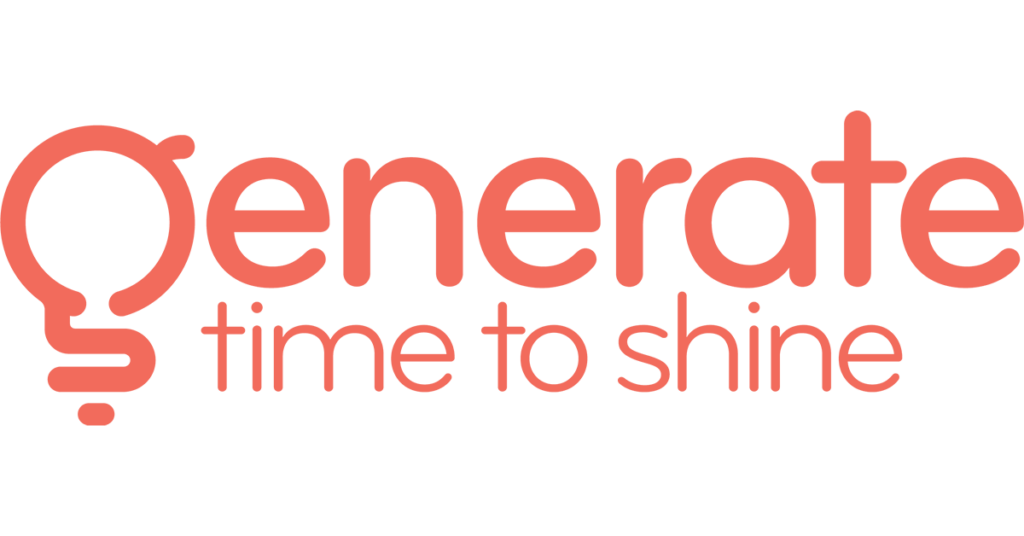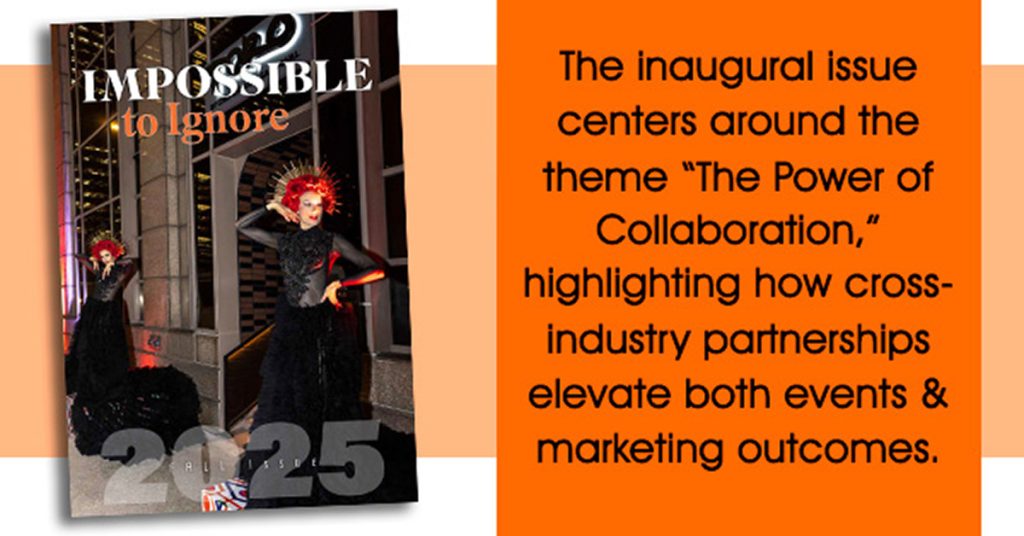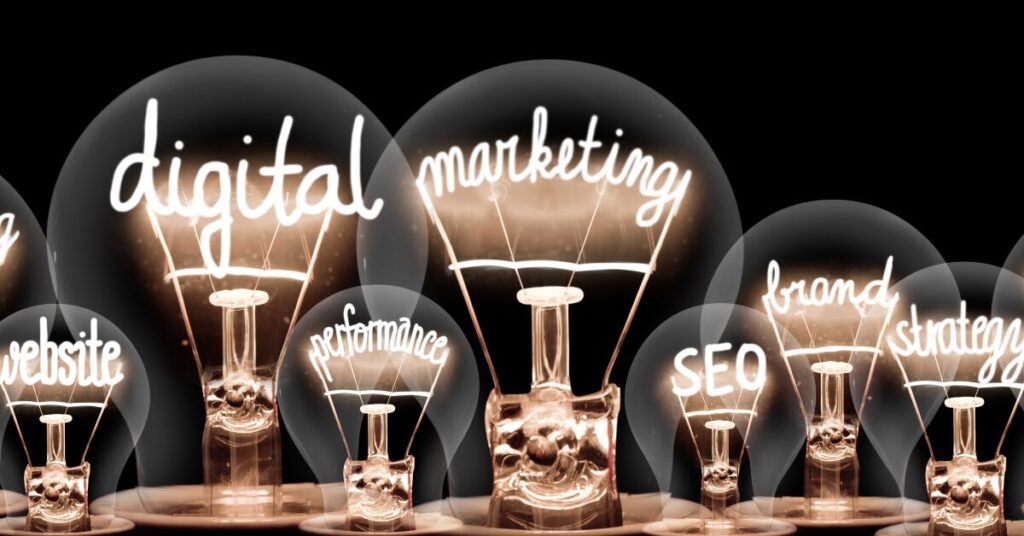Easy-to-implement strategies can help ROI from trade shows, fairs and expos
Events can be some of the most powerful marketing opportunities when leveraged strategically.
By nature, events like trade shows, festivals, health fairs and job fairs bring people together who have a shared interest, creating the perfect opportunity to build new professional relationships that you can convert into customers.
However, events also can be time consuming and yield low return on investment if not managed properly.
But some easy-to-implement solutions can help maximize your event marketing return on investment. The strategy works best when broken down into four phases:
Phase 1: Event selection, goal setting
Event preparation begins the moment you are making the decision to participate in an event (booth, sponsorship, hosting).
When considering event participation as a marketing strategy, start by asking yourself this question: How does this event help advance the strategic direction of the business?
This question guides decision-making by ensuring that your involvement is driven by your target audience and aligned with the company’s broader goals.
If the event passes this filter, set SMART goals:
- Specific — Define what you want to achieve.
- Measurable — Include metrics (example: leads collected)
- Achievable — Set goal based on expected attendance and your team’s capacity.
- Time-bound — Set a timeline for follow-up and outcome tracking.
After setting goals, schedule your post-event follow-up to stay on track.
Phase 2: Pre-event prep
Develop a strategy to reach your SMART goals. Let’s focus on exhibiting within a booth space. The key question here is: How are you going to strategically leverage your time and space?
The simple but highly effective framework called the SHINE formula generates engagement, captures leads and creates an experience. Let’s put it to work:
Select activity: Choose an activity that draws attention. We suggest a quick draw. The attendee visits the booth and draws an item with a small value.
Host meaningful interactions: While they draw, qualify the attendee and share your elevator pitch.
Incentivize engagements: The draw adds a fun reason to interact. The attendee is drawing the small value item to see if they “won” anything additional but regardless will leave with a branded item.
Note contact information: Always collect contact information before participation.
Evaluate and enhance: Take note of what went well with the strategy and what needs to be adjusted next time.
In this phase you will want to debrief your team on the strategy, refine your elevator pitch and order all materials (promo items, signage, apparel and follow-up materials) at least three to four weeks in advance to ensure you’re prepared.
Phase 3: Day of execution
Phase 3 is your opportunity to bring your strategy to life. Here are a few tips for a successful event day:
- Keep your SMART goals top of mind
- Adjust in real time
- Stand in front of your booth
- Keep your booth organized
- Bring your A+ personality
- Network beyond the booth
Most importantly, have fun! Events can be exhausting but worth it.
Phase 4: Post event follow-up
The event is over, but the work isn’t. It is time to leverage the contact information you collected. Here are a few tips:
- Follow up quickly (within 24 to 48 hours)
- Send a general thank-you email through your marketing platform.
- Direct outreach to priority leads (within a week)
- Personally follow up with your top prospects via phone or email. Connect, qualify and move them toward the next step.
- Use creativity in your follow-up (by weeks three to four)
- If a qualified lead hasn’t responded, try something creative. Send a thoughtful promo item to reignite interest.
Organize, segment leads
Keep your leads organized. We segment them into qualified/responsive, unqualified and qualified/unresponsive.
Event marketing can be complex; we recommend implementing this framework to ensure you are prepared. When in doubt, keep it simple.
The success of event marketing relies on three areas: preparation, day-of execution, and most importantly, follow-up. As you gain experience with this framework, we encourage you to refine and improve your implementation. Without a plan or proper follow-up, even the best ideas will fall flat.




